Here are fascinating facts about Saturn, the second-largest planet in our solar system:
Let’s be honest—if all the planets in our solar system were at a party, Saturn would be the one everyone’s staring at. Why? Because it’s showing up in that fabulous outfit made entirely of rings. That’s right—those iconic, glorious, sparkly rings that make Saturn the diva of the solar system.
But hold up—Saturn isn’t just a pretty face (or pretty rings). There’s so much more going on beneath that golden glow. From crazy storms to bizarre moons, Saturn is like that mysterious celebrity no one really understands but everyone’s obsessed with. So, buckle up—let’s take a wild, fun ride to the sixth planet from the Sun!
🌞 Solar System’s Sixth Sibling
Saturn sits in the sixth position from the Sun, sandwiched between Jupiter (the big boss) and Uranus (the weird one). It’s the second-largest planet in our solar system—so big, in fact, that you could fit more than 760 Earths inside it.
And yet, despite its size, Saturn is also one of the lightest. It’s made almost entirely of gas, mostly hydrogen and helium. If there were a bathtub big enough, Saturn could literally float in water. Mind. Blown.
💍 Let’s Talk About Those Rings
Come on, we can’t NOT talk about Saturn’s rings. They’re what make the planet look like it’s permanently ready for a fashion magazine cover.
So what are they, really?
Saturn’s rings aren’t solid—they’re made of billions of ice particles, rocks, and dust. Some are tiny like grains of sand; others are as big as houses. And they stretch out for over 280,000 km, but here’s the crazy part—they’re only about 10 to 30 meters thick. That’s like a sheet of paper stretched across a football field. Wild, right?
There are seven major rings, named A to G (not the most creative names, but hey, they work). The gaps between them, like the famous Cassini Division, add to the drama.
🌪️ Saturn’s Weather: More Chaos, Please!
You think the weather on Earth is unpredictable? Saturn would laugh at your forecast app. The planet is home to some of the most extreme weather in the solar system.
- Winds can blow at 1,800 km/h. That’s faster than a speeding bullet.
- There’s a permanent hexagon-shaped storm at the north pole. Yes, a literal hexagon made of clouds.
- Saturn gets giant white storms that stretch across the entire planet. They’re called “Great White Spots,” and they only show up once every 30 years or so. Talk about dramatic entrances.
🌑 The Moon Squad
Saturn is not riding solo. It has a full entourage of moons—145 confirmed ones as of now, and new ones are still being discovered!
Some of the most famous members of this moon gang include:
- Titan: Bigger than the planet Mercury, Titan has lakes of liquid methane and a thick atmosphere. It’s so mysterious that scientists think it might even harbor life—alien life, anyone?
- Enceladus: Don’t be fooled by its icy exterior. This moon has geysers shooting water into space and a possible ocean underneath its crust. In other words—prime candidate for alien microbes.
- Mimas: AKA the “Death Star Moon.” Just look it up and you’ll see what I mean. Total Star Wars vibes.
Saturn’s moons are like a sci-fi movie lineup—each one more interesting than the last.
🚀 Visiting Saturn: A Dream for Scientists
So far, humans haven’t physically visited Saturn—too far, too cold, and not exactly a landing-friendly place since it’s a gas giant. But our space probes have done some incredible detective work.
- Pioneer 11 was the first spacecraft to fly by Saturn in 1979.
- Voyager 1 and 2 followed, capturing jaw-dropping images in the ’80s.
- Then came the superstar: Cassini.
The Cassini-Huygens mission, a joint effort by NASA, ESA, and the Italian Space Agency, spent 13 years orbiting Saturn. It sent back thousands of images, data on the atmosphere, details about the moons, and even dropped the Huygens probe on Titan.
Cassini’s grand finale in 2017? A death dive into Saturn’s atmosphere, transmitting data until the very end. A hero’s exit, no doubt.
📏 Size Matters (And Stats Too)
Let’s geek out for a sec and hit you with some quick Saturn stats:
- Distance from Sun: 1.4 billion kilometers
- Diameter: Around 120,000 km
- Day length: About 10.7 hours (super fast spin!)
- Year length: 29.5 Earth years
- Average temperature: -178°C (bring a coat… or ten)
🎨 Why Is Saturn So Pretty?
Saturn’s golden look isn’t just its rings—it’s in the atmosphere too. The yellowish hue comes from ammonia crystals and sunlight reflecting off its thick cloud layers.
And those subtle band patterns? Those are jet streams caused by its fast rotation. It’s like looking at an art piece made by wind and gas.
🤔 Saturn Myths and Fun Facts
Before telescopes existed, people still knew about Saturn—it’s visible to the naked eye, after all. The Romans named it after their god of wealth and agriculture, and the name stuck.
In astrology, Saturn is seen as the strict teacher—bringing discipline, patience, and karma. Whether you believe in that or not, Saturn’s slow movement across the sky does make it feel a bit wise and mysterious.
Other fun facts:
- Saturn has auroras, just like Earth—but they’re way bigger and crazier.
- The planet rotates so fast it’s slightly squished at the poles.
- It takes light 1 hour and 20 minutes to travel from the Sun to Saturn.
- Some scientists believe life could exist on Saturn’s moons, especially Titan and Enceladus. 👽
🧠 Saturn in Pop Culture
Saturn has inspired music, movies, and even video games. It shows up in sci-fi stories as a distant destination, an alien base, or just a mysterious beauty in the sky.
Oh, and let’s not forget the song “Saturn” by Sleeping at Last—which turns planetary science into pure poetry. If you haven’t heard it, do yourself a favor.
🌌 Saturn: More Than a Planet
At the end of the day, Saturn isn’t just another planet in our solar system. It’s a cosmic masterpiece, a scientific wonder, and a never-ending source of fascination.
Its beauty, complexity, and sheer weirdness remind us that the universe is vast and full of surprises. Whether you’re staring at it through a telescope or reading about it online, Saturn pulls you in with a kind of quiet, golden magic.
So next time you look up at the stars, just know that somewhere out there, 1.4 billion kilometers away, Saturn is spinning silently—wearing its rings like a crown and ruling the skies with absolute grace.
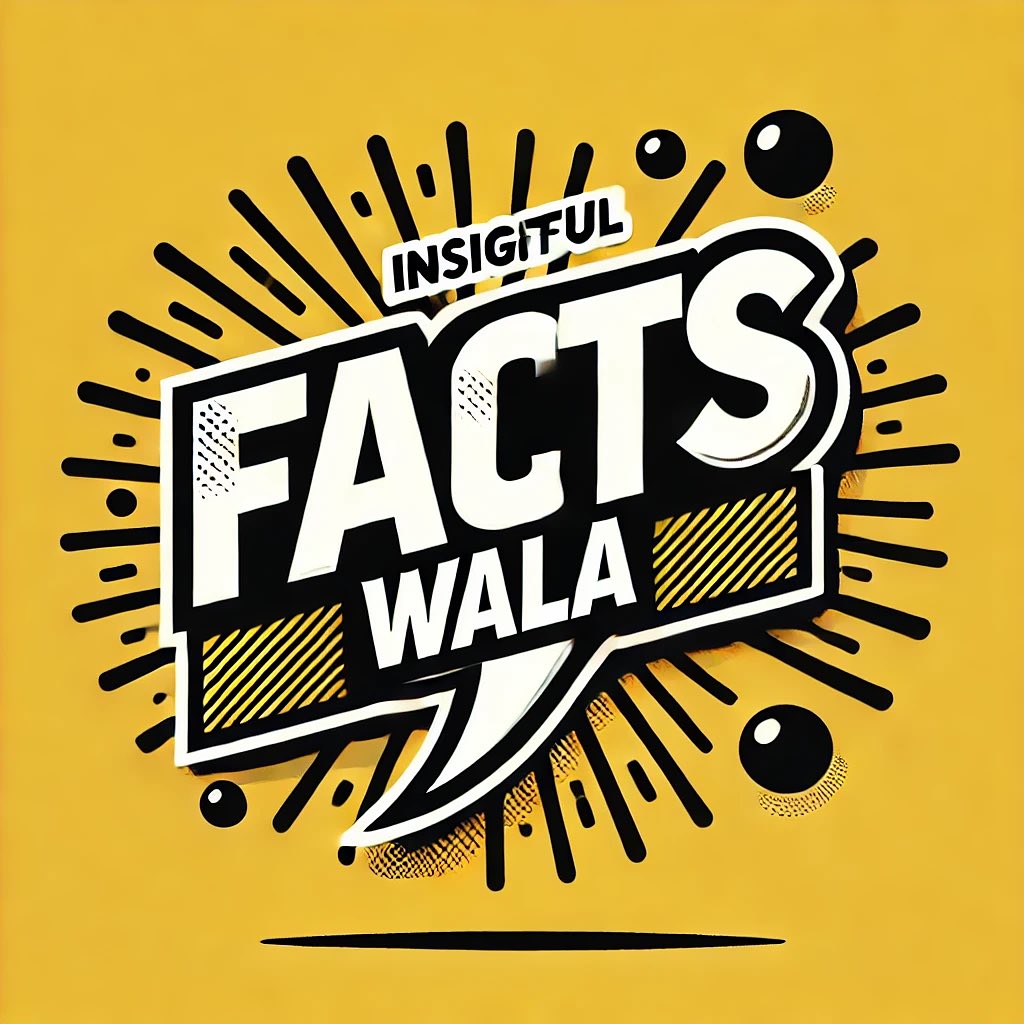










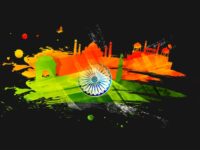
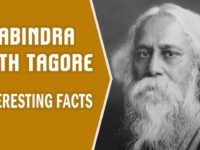



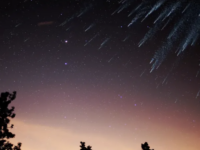



















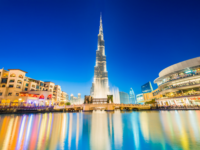

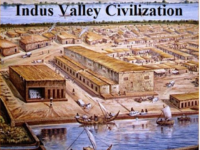





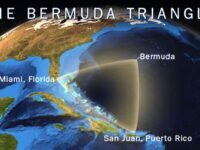




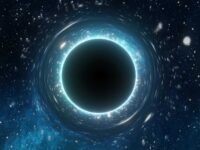















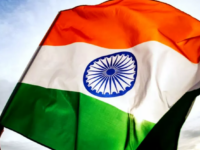
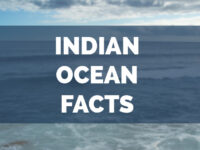



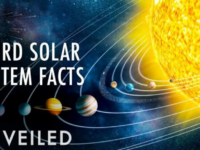









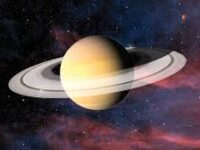
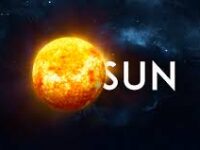


















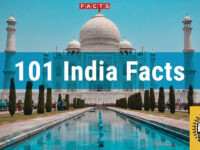

0 Comments